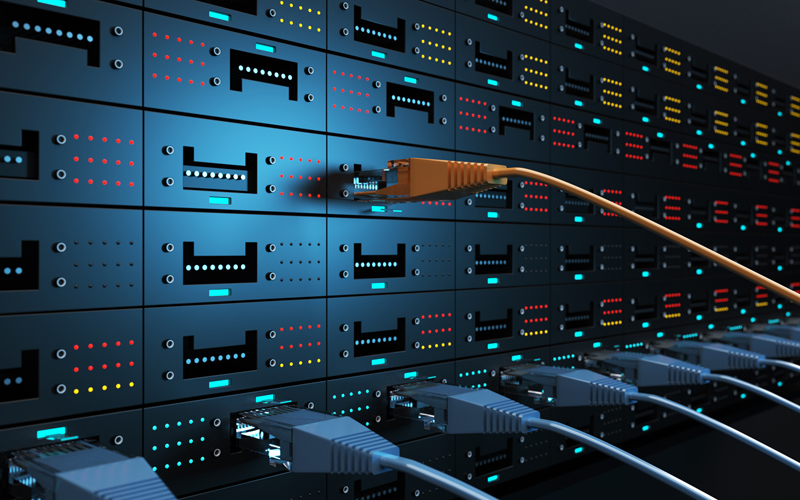How to Fix Common IP Address Problems

How to Fix Common IP Address Problems

IP address issues can be a formidable hurdle when configuring or troubleshooting network connectivity issues. Knowing how to identify and deal with common IP address issues is critical to keeping your network stable and reliable. Let's review some of the most common IP address issues and troubleshooting procedures to help resolve them.
1. Identify IP conflicts
An IP conflict occurs when two devices on the same network are assigned the same IP address. This can cause connectivity issues and impair network operation. We can resolve IP conflicts by manually giving one of the conflicting devices a new IP address, or using Dynamic Host Configuration Protocol (DHCP), which automatically assigns each device a unique IP address.
2. Solve the DHCP problem
The Dynamic Host Configuration Protocol (DHCP) oversees the automatic assignment of IP addresses to network devices. If the DHCP server or configuration is faulty, the device may not be able to obtain a valid IP address. Restarting the DHCP server, checking the lease time, or updating the IP configuration on the affected device can help resolve the issue.
3. Solve the subnetting challenge
Subnetting is the practice of dividing a network into smaller subnets to improve network management. Connection difficulties may occur if the netmask is specified incorrectly or if there is a problem with subnetting. To troubleshoot subnetting difficulties, ensure that the subnet mask matches the planned network structure and that the devices are assigned IP addresses within the appropriate subnet.
4. Verify Domain Name System (DNS) configuration
DNS translates domain names into IP addresses, allowing users to access websites and services. Misconfigured DNS server settings can cause slow browsing or inability to access certain websites. To troubleshoot DNS issues, verify DNS server addresses, clear DNS cache, or try another DNS server.
Many IP address issues can be resolved by checking and verifying IP settings, resolving IP conflicts, resolving DHCP issues, ensuring proper subnetting, and confirming DNS settings. You must follow best practices, check your networking documentation, and get help from your network administrator or ISP as needed. By gaining insight into these troubleshooting techniques, users can resolve typical IP address issues and maintain reliable network connections.